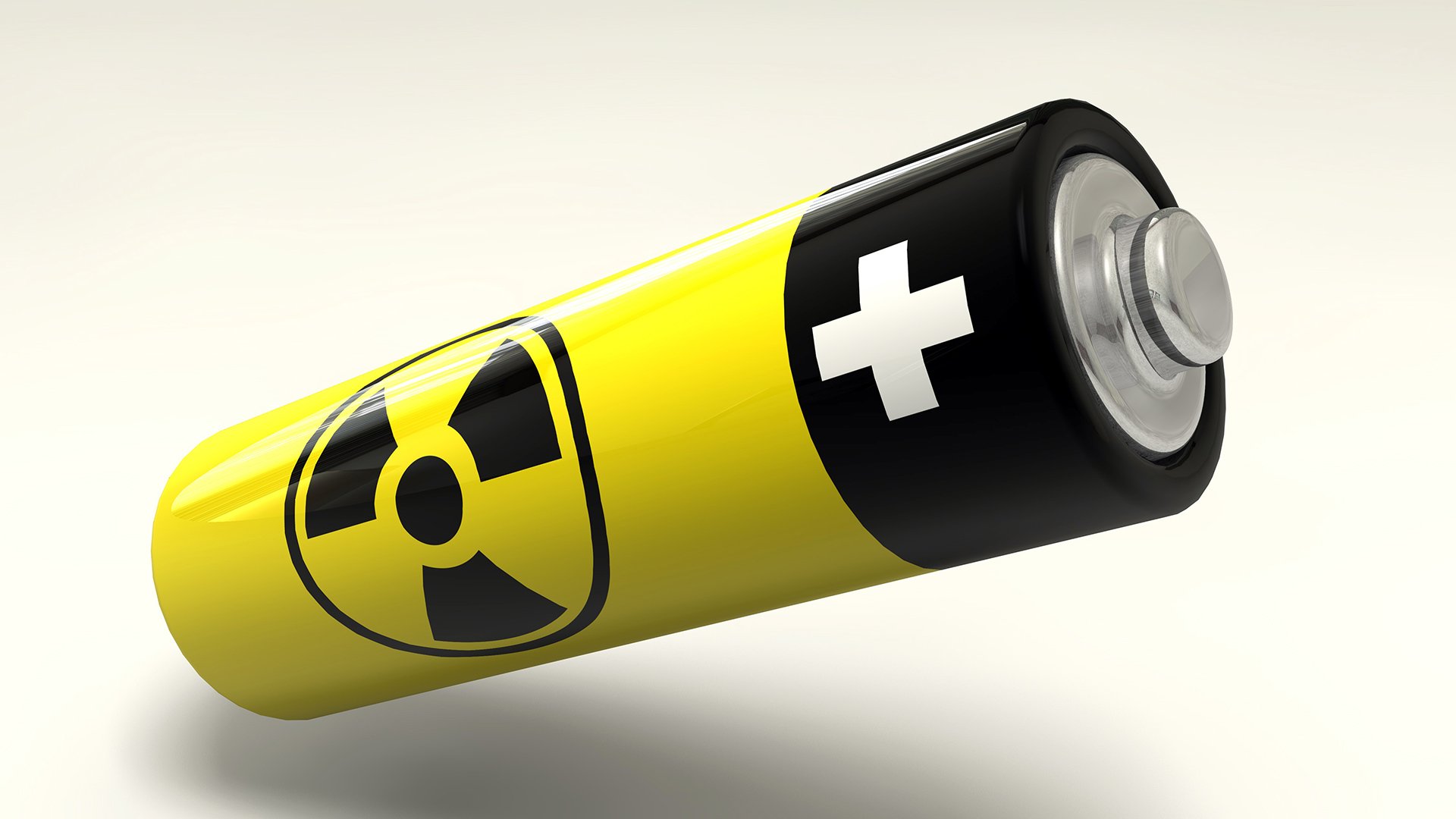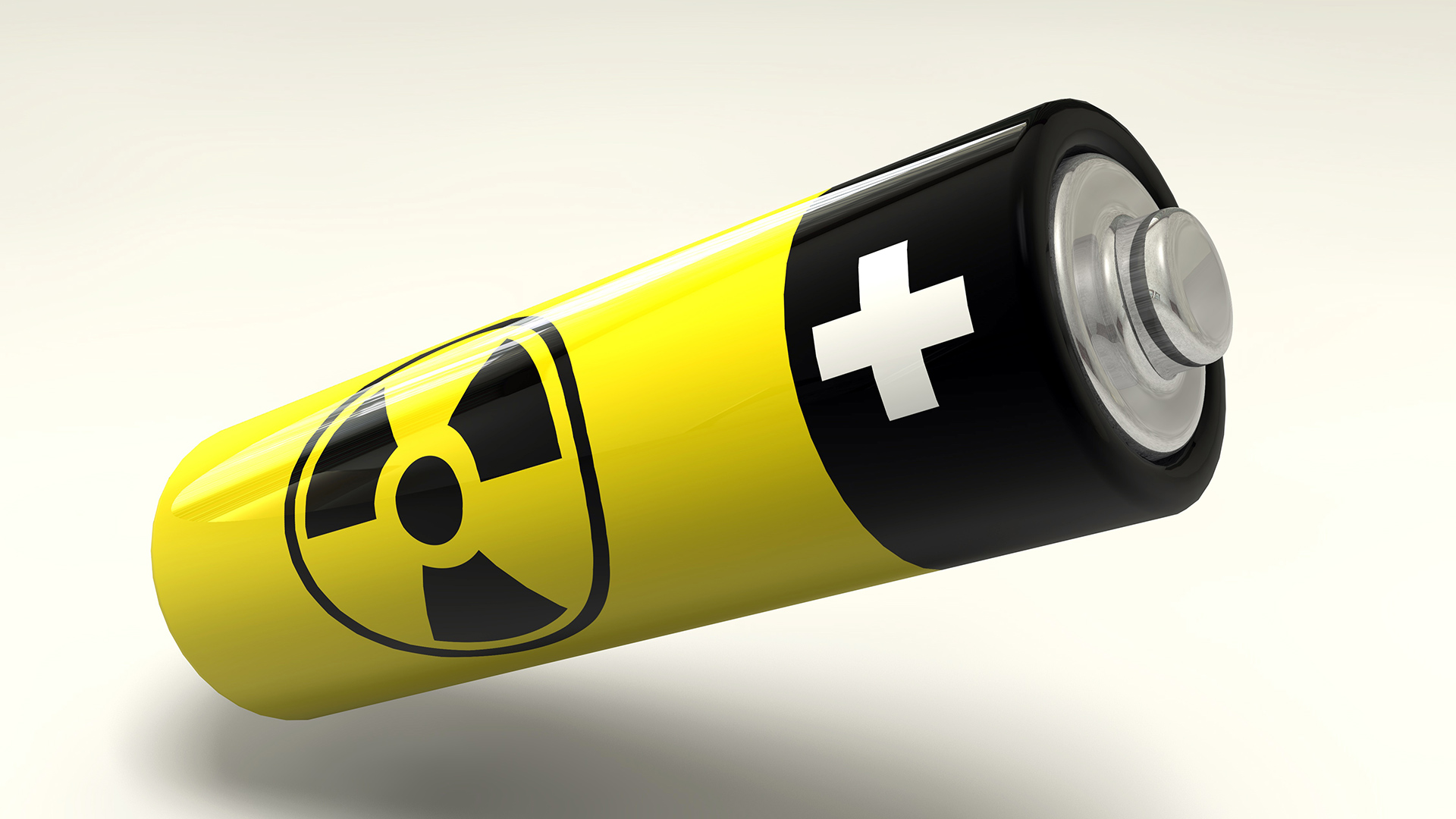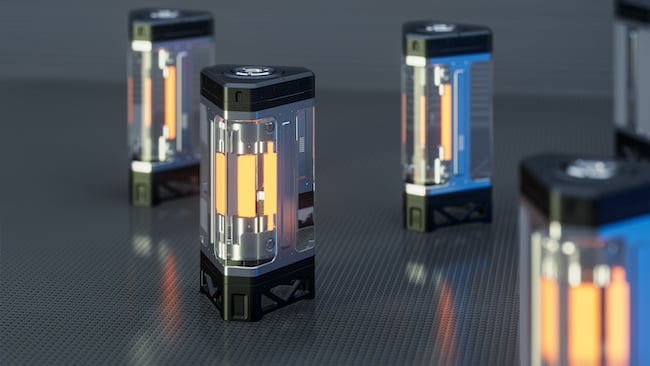

Recently the idea of diamond batteries made the headlines, made using radioactive waste. Realistic proposition, or something that should remain in the realms of science fiction?
This is not about batteries. But OK, what now? Diamond batteries? With a due sense of chagrin and resignation, fine, OK. Naturally, this new proposal will be a finished and practical design, available immediately and not subject to any assumptions about performance or timescale.
Current media interest in diamond batteries arises from announcements from a team from the University of Bristol’s Cabot Institute, headlined “Nuclear waste could be recycled for diamond battery power”. The release coincides with work at a decommissioned nuclear power station at Berkeley in Gloucestershire UK to remove radioactive waste. The idea is that some of the waste, specifically the stacks of graphite blocks that form the neutron moderator in the reactor’s core, can be made into the active part of a small device that can generate electrical energy – a battery. This is being promoted as a brand new way to create batteries, make batteries last longer and deal with radioactive waste.
Is it going to do any of these three things? No, no and not really, at least in the sense that most people will understand the term “battery”.
The physics has been known since the 1970s. What we’re discussing is a beta-voltaic device, in that it converts beta radiation into electricity, just as a photovoltaic device converts photons into electricity. The idea (very coarsely) is that the subatomic particles, given off when radioactive atoms decay, collide with other atoms, move electrons around and cause current to flow. It’s been done before with radioactive nickel as the radiation source for a battery made of diamond and the numbers immediately seem encouraging.

It might be a while before we see cool looking batteries like this! Image: Shutterstock
The energy output isn't what you might think
As so often with nuclear technology, the energy available is huge. An AA cell contains perhaps 12,000 joules of energy. A beta-voltaic device the size of a headache pill might contain… oh, look it up, it’s some enormous telephone number. This sounds great when we consider that it’s possible to evaporate the graphite from nuclear reactor cores and condense it into diamonds that are then radioactive and self-activating as batteries. The half-life of carbon-14 is 5,700 years, which means that the battery, with its huge capacity, will be at 50% state of charge in 5,700 years. Great, eh?
Sure, if you’re a pacemaker or satellite. Not so much if you’re looking to run your Ursa Mini. The problem with betavoltaics as a battery is that their rate of discharge cannot be controlled. They will give off their energy over nearly 6,000 years whether we want it or not and can’t be discharged any faster than that. The total amount of energy is huge. The energy available in any given half-hour period from any practically sized device is absolutely tiny. It’s an alternative to the (deep breath) radioisotope thermoelectric generators used on space probes. It’s not an Anton/Bauer Titon 150.
That doesn’t mean it’s not useful, but it’s certainly not a replacement for lithium-ion or nickel-metal hydride rechargeable batteries. The real problem, though, is the tone of press releases. People have been interviewed suggesting that they’ve discovered a way to “make the graphite lose a lot of its radioactivity”. Anyone who’s found an economical way to make an unstable isotope into a stable one without just letting it decay naturally is in line for a Nobel prize in physics, because they’ve just solved the nuclear waste problem and, with it, the energy crisis. Possibly, it would be better to propose a way to “separate out a proportion of the graphite that is more radioactive from that which is less radioactive at the cost of masses of energy”. That might be a valid way to ease waste handling, but it’s not such a good headline.
So this is not a story about battery technology. It’s a story about careful public-facing announcements from the scientific community and the perky music that accompanies them. The work done at Bristol isn’t even particularly new; the diamond battery was being talked about in 2016 and is not likely to lead to anything particularly quickly. There is talk of a pilot project soon, perhaps making power devices for satellites and space probes, which might, in the end, make a modest contribution to slightly reducing the danger presented by a comparatively small quantity of low-level radioactive waste. That’s a good thing, although it sounds less like a good thing if we call it a “nuclear power cell”, rather than a “diamond battery.”
Someone from The Independent did manage to get one of the team to talk about mobile phones, though, so maybe one day. On the five-year timescale. Again. Next week, Mr Fusion.
Tags: Technology


Comments